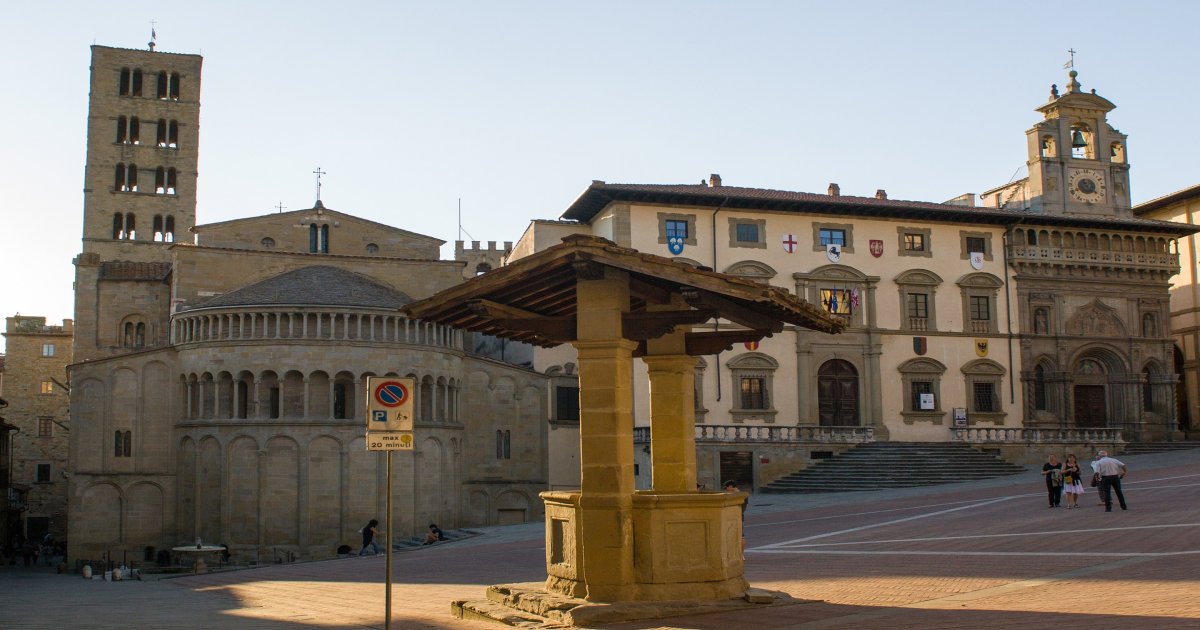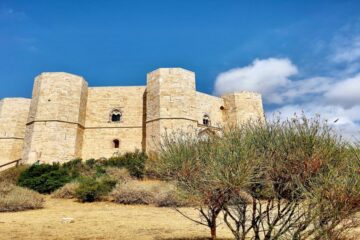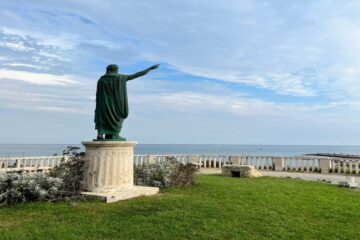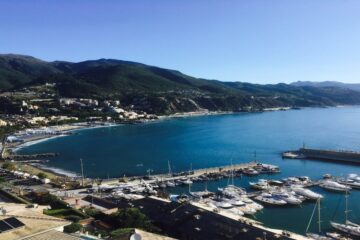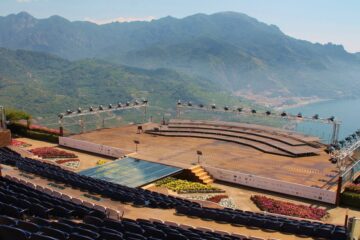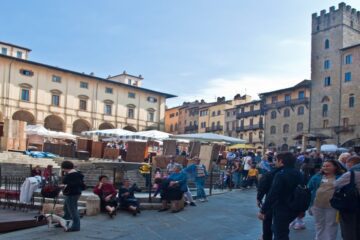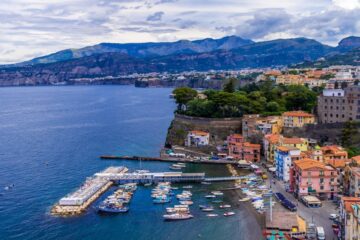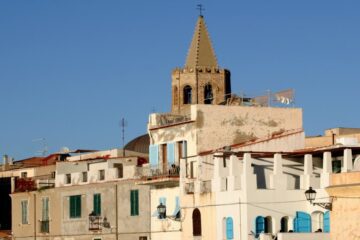You have an adventurous spirit, a passion for knowledge, and a desire to see the globe. You’ve heard of the Tuscany region in Italy, but have you considered visiting Arezzo, a lesser-known city? A secret treasure awaits discovery amid this gorgeous location. Arezzo will captivate your heart and leave you craving for more with its rich history, breathtaking architecture, and dynamic culture. It’s difficult not to feel like you’re walking back in time as you walk through its streets. This city has experienced everything, from its Etruscan origins to Roman invasions and medieval riches. Yet that’s just a small portion of what makes it so unique. Arezzo is also home to several well-known artists and philosophers who have contributed to the city’s cultural history. Not to mention the delectable cuisine and wine that will delight your taste buds. So join us as we learn some amazing facts about this enthralling city – Arezzo awaits!
Arezzo was founded by the Etruscans in the 8th century BC
One of the most interesting facts is the rich history of Arezzo which dates back to the 8th century BC when the Etruscans built it. The sophisticated civilization of these ancient people includes art, architecture, and engineering. They left major items that historians are still fascinated by today.
The Etruscans were very adept builders who created magnificent constructions such as the walls around Arezzo and the subterranean tombs that may still be visited today. They also possessed a distinct writing system that has yet to be completely decoded. Several of the city’s architecture and artworks bear witness to their impact.
When you go through Arezzo, you’ll see Etruscan ruins at every turn. This city genuinely demonstrates its sophisticated civilization, from the ruins of its old walls to the beautiful murals in several churches. Despite their tremendous legacy, the Romans finally overcame them in the 3rd century BC.
The city was later conquered by the Romans in the 3rd century BC
As you stand in the city that the Romans conquered over two thousand years ago, you can’t help but feel the weight of history. Arezzo, built by the Etruscans in the eighth century BC, was a major trading and commercial town. As it passed from one conqueror to the next, the city became a mixing pot of cultures and customs.
The Roman invasion of Arezzo in the third century BC represented a watershed moment in the city’s history. Several Etruscan cultural traditions, including architectural design and language, were inherited by the Romans. With its advantageous position along key trade routes, Arezzo developed as a hub for agriculture and manufacturing throughout Roman authority.
Arezzo’s impact on art and culture was felt far beyond its bounds. Arretine pottery, a form of red-clay pottery common across the Roman Empire, was famous in the city. Collectors and experts alike yearned after its unique patterns and fine workmanship.
Being surrounded by such rich history is very inspirational. Take a minute to marvel at how much this historic city has changed through time, from modest beginnings as an Etruscan colony to a booming industrial center under Roman authority. And next on our Arezzo journey: learning about its history as a major location for Arretine ceramic manufacture!
Read also: The Best Time To Visit Arenzano, Italy
Arezzo was an important center for the production of Arretine pottery, a type of red-clay pottery that was popular throughout the Roman Empire
Now, let’s take a closer look at why Arretine pottery was so popular throughout the Roman Empire! Here are three reasons that might interest you:
- The quality of Arretine pottery was exceptional. Made from fine-grained red clay, it was carefully crafted by skilled artisans who took great pride in their work. The finished products were not only beautiful to look at but also durable and functional.
- Arretine pottery was available in a variety of shapes and sizes, making it suitable for all kinds of purposes. From bowls and dishes to oil lamps and figurines, there was something for everyone. And because it was produced in large quantities, it was affordable for people from all walks of life.
- Arretine pottery was also known for its vibrant colors and intricate designs. Many pieces featured scenes from mythology or everyday life, which made them both decorative and educational. And because they were made using a special technique called relief decoration, the images stood out in high relief against the background.
As you can see, Arretine pottery had a lot going for it! But during the Middle Ages, Arezzo became known for something else entirely…
During the Middle Ages, Arezzo was a flourishing commune
While it may come as a surprise, Arezzo was recognized for more than simply the creation of Arretine ceramics throughout the Middle Ages. The city was a thriving commercial hub, drawing merchants from all across Europe due to its strategic placement on important trade routes. Its wealth enabled the birth and development of new kinds of art and architecture, which continue to have an impact on present design.
Arezzo’s success as a commune may be due to its unique political structure, which enabled citizens to participate in decision-making processes. This democratic method instilled in the people a feeling of community and pride, resulting in an atmosphere that promoted invention and creativity. This attitude drew many great artists and thinkers to Arezzo, notably painter Piero della Francesca, who left some of his most renowned works.
The legacy of Arezzo’s prosperous commune can still be felt today via the city’s remarkable historical sites. Each edifice, from huge palaces to elegant cathedrals, symbolizes a piece of history that tells volumes about the culture and civilization that lived behind these walls. Arezzo was core than just another medieval town; it was a center for innovation, independence, and advancement.
The city was home to many important artists and intellectuals, including the painter Piero della Francesca
Piero della Francesca, a famous Renaissance painter, was among the many notable artists and thinkers who lived at Arezzo. He was born in this city and has spent most of his life there. Piero is well-known for his realistic paintings with mathematical accuracy and the use of perspective. His paintings may be seen in museums and galleries around Italy, including his birthplace of Arezzo.
Apart from Piero, numerous other prominent Renaissance individuals were born in Arezzo. The city was a mecca for artists, authors, philosophers, and scientists at the pinnacle of their vocations. This environment of creativity and invention drew some of the most brilliant minds of the period to reside here.
The rich cultural past of Arezzo can still be observed today in the city’s various museums, galleries, and historical sites. Tourists may visit the Church of Saints Donato and Peter to witness stunning Pietro Lorenzetti murals or Casa Vasari to learn about Giorgio Vasari’s life as an artist. With so much history all around you, it’s difficult not to be inspired while visiting this fascinating city.
When you learn more about Arezzo’s history, you’ll realize that it wasn’t always a pleasant place. After a lengthy period of political turmoil, Florence captured the city in 1384. Notwithstanding this setback, Arezzo thrived as an art and cultural center in the centuries that followed.
Read also: The Ultimate Arezzo Travel Guide – The Medieval City
Arezzo was conquered by Florence in 1384
Florence governed Arezzo for the next 400 years after its takeover of the city in 1384. Arezzo, therefore, became a part of Florence’s strong city-state, subject to its political, economic, and cultural influence. Because of its strategic position between Florence and Rome during the period, Arezzo became an important hub for trade and commerce.
But, being subject to Florentine sovereignty has its disadvantages. Arezzo’s inhabitants were unable to exercise their autonomy and had little self-government. They were compelled to pay Florentine taxes and were subject to Florentine rules, even if they disagreed with them. Notwithstanding these obstacles, the residents of Arezzo were able to maintain their native culture and customs.
After centuries of Florentine control, Arezzo became part of the Grand Duchy of Tuscany under the House of Medici in 1737. The city entered a new age as it obtained greater autonomy and was free to expand culturally and economically. Despite its turbulent past, Arezzo is a fascinating town rich in history, culture, and art that is well worth visiting.
The city later became part of the Grand Duchy of Tuscany
Being a member of the Grand Duchy of Tuscany gave Arezzo greater liberty and enabled it to prosper culturally and economically. Throughout this period, the city flourished as a center for art, literature, and science. At this time, several notable painters and authors, like Petrarch and Vasari, resided in or around Arezzo. Because of its position along main commercial routes, the city also became an important trading center.
Arezzo had an important role in the political history of Italy during its tenure as part of the Grand Duchy, in addition to its cultural and economic triumphs. Throughout the nineteenth century, the city was a key backer of Italian unification attempts, with many inhabitants actively engaging in rallies for freedom from foreign authority. This sense of self-determination may still be seen in Arezzo today.
Take notice of the various sites that highlight the city’s historical successes as you explore its rich history. There is no lack of intriguing sights to explore in Arezzo, from old churches like Santa Maria della Pieve to exquisite museums like Museo Civico. These landmarks serve as memories of what has been accomplished as well as motivation for future generations seeking freedom and prosperity.
Arezzo was seriously devastated during WWII, but it has since been restored into a flourishing contemporary city while retaining much of its historical beauty.
Arezzo was severely damaged during World War II
You may be shocked to discover that during World War II, Arezzo was heavily bombed by the Allies. It was a catastrophic incident that decimated the city and its inhabitants. Notwithstanding the devastation, the inhabitants of Arezzo did not give up. They worked diligently to reconstruct their houses and businesses, and they were eventually successful.
Arezzo is now a vibrant contemporary city with a rich cultural and historical legacy. Beautiful structures and historic sites have been restored to their former splendor, and the city stands tall once again. Passing through Arezzo’s streets now, it’s difficult to believe the tragedy that previously transpired here.
If you’re visiting Arezzo for the first time, there are a few must-see attractions that will provide you with an overview of the city’s history. The Cathedral of Saints Donato and Peter originates from the 13th century and is an architectural wonder. Piazza Grande, one of Italy’s most beautiful squares and home to several ancient structures such as Palazzo delle Logge and Vasari’s Residence, is well worth a visit.
Conclusion
Well, now that you’ve learned all there is to know about Arezzo’s intriguing history, it’s time to plan your vacation! Despite the destruction caused by World War Two, the city has managed to retain much of its medieval beauty. Explore the streets and see the historic cathedrals, towers, and castles. Don’t miss seeing Piero della Francesca’s magnificent paintings at the Church of San Francesco. If you like art and history, don’t miss Museo Civico, which has an amazing collection of Etruscan antiquities and Renaissance artworks.
Yet Arezzo is more than simply its history; it’s also a dynamic contemporary city with a lot to offer. Souvenirs may be purchased at one of the numerous artisan workshops, or you can dine at a local trattoria providing great Tuscan food. If you chance to be in Arezzo in June, don’t miss the historic jousting contest known as La Giostra del Saracino, which goes back to medieval times and is still held today. So, what are you holding out for? Plan your vacation to Arezzo now and see Italy as you’ve never seen it before!

